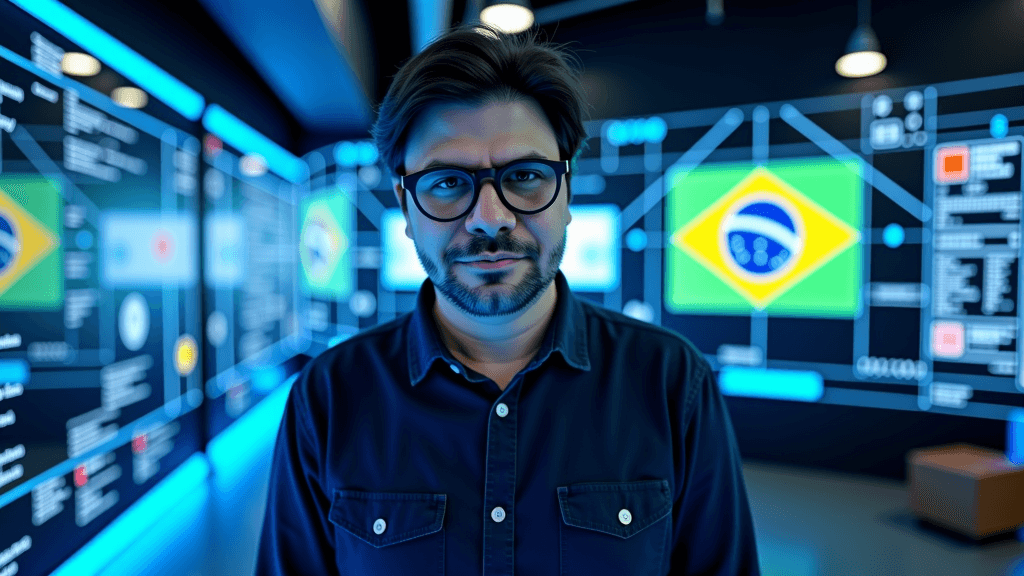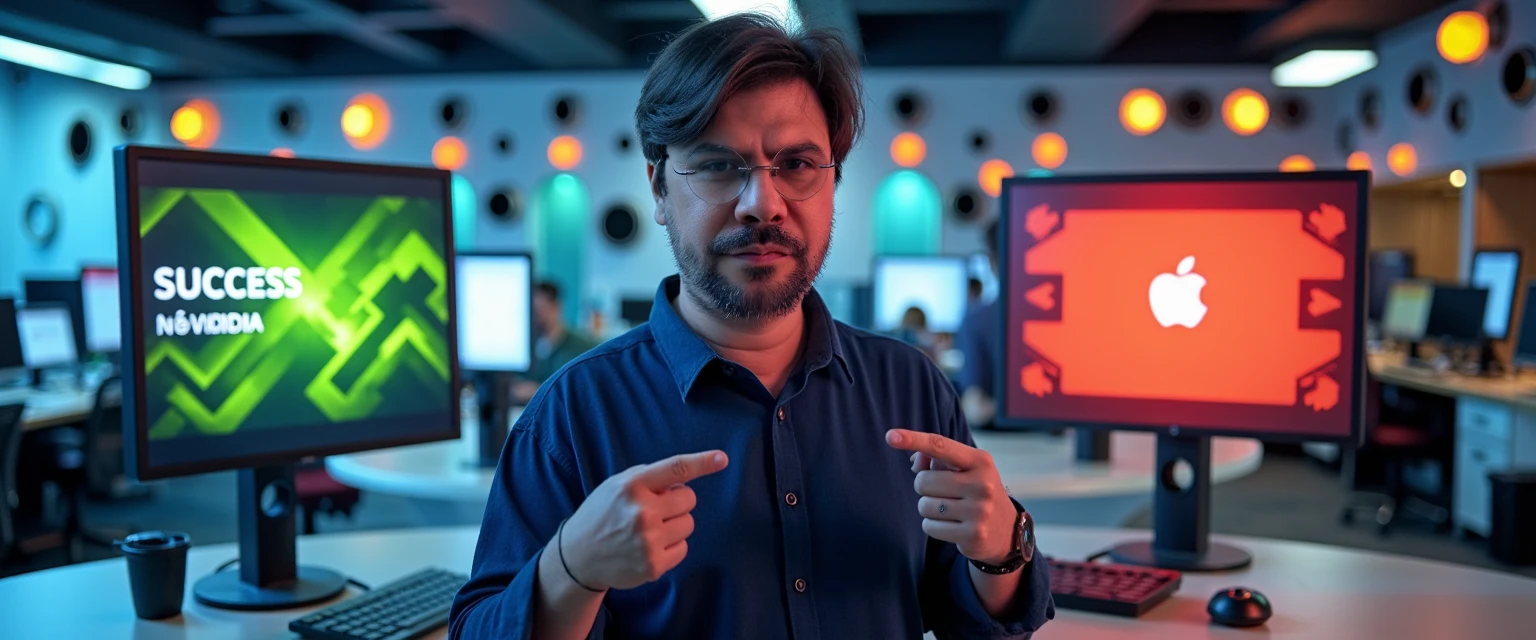After the DeepSeek R1, it's time for the new S1 model: The revolution of low-cost AI models
February 7, 2025 | by Matos AI

The evolution of Artificial Intelligence (AI) is happening at a dizzying pace, challenging assumptions that until recently seemed unshakable. One of the most recent and surprising developments in this field is the emergence of the S1 model, created by researchers at Stanford University and the University of Washington. This new model not only matches the performance of giants such as OpenAI and DeepSeek, but does so at an incredibly low cost: less than $50 in cloud computing.
The Silent AI Revolution
For years, it was believed that developing cutting-edge AI models required billions of dollars in investment and massive GPU infrastructure. Companies like OpenAI, Google, and Meta have invested huge sums of money to train and develop their AI models, making it nearly impossible for smaller teams to compete in this space. However, the S1 model is here to change that paradigm.
The Secret Behind S1: Model Distillation
S1 uses a technique called model distillation. To understand this concept, imagine this: you have a huge library with millions of books (the large, complex AI model). Now imagine that you could extract the essence, the most important insights from all of these books and condense them into a single volume (the S1 model). This “distillation” process allows a smaller model to absorb the reasoning capabilities of a more advanced AI model.
Join my WhatsApp groups! Daily updates with the most relevant news in the AI world and a vibrant community!
- AI for Business: focused on business and strategy.
- AI Builders: with a more technical and hands-on approach.
It is as if we are creating a “prodigy student” who learns quickly from an “experienced teacher” but is then able to operate independently and efficiently.
Other Innovative Techniques
In addition to distillation, the S1 employs other clever techniques:
- Carefully curated dataset: Rather than training on massive amounts of data, the S1 was trained on just 1,000 carefully selected questions focused on high-quality reasoning problems.
- Ability to “wait”: A unique feature of the S1 is its ability to be instructed to “wait” during the reasoning process, which improves the accuracy of its responses.
- Efficient use of resources: Training was performed on just 16 NVIDIA H100 GPUs, a modest number compared to the resources used by large AI companies.
Implications for the Future of AI
The emergence of S1 has profound implications for the future of AI:
- Democratization of AI: High-performance models can now be developed by smaller teams with limited budgets.
- Accelerating innovation: With lower barriers to entry, we can expect an increase in the diversity and speed of AI innovations.
- Ethical challenges: The ease of creating powerful models also raises questions about the responsible and ethical use of AI.
- Market restructuring: Established AI companies may need to rethink their strategies in light of this new reality.
Conclusion: A New Chapter in the History of AI
The S1 model marks the beginning of a new era in AI, where innovation is no longer restricted to large corporations with unlimited resources. This democratization of AI development opens the door to an explosion of creativity and practical applications across a wide range of industries.
As an entrepreneur and technology and innovation expert, I see S1 as a powerful reminder that true innovation often comes from thinking differently, not just spending more. It’s an invitation for startups and companies of all sizes to rethink their approaches to AI and explore how they can leverage these new techniques to create innovative and efficient solutions.
The future of AI is becoming more accessible and exciting than ever before. We are just beginning to glimpse the potential of these leaner, more efficient technologies. Here’s to the next chapters of this quiet revolution!
What do you think about these new possibilities? How do you think your company or area of expertise can benefit from these advances in AI? Share your thoughts in the comments!
In my mentoring sessions for startups and enterprises, I have explored how to use these new AI technologies to increase productivity, efficiency, and profitability. If you are interested in learning more about how to apply these innovations to your business, get in touch!
✨Did you like it? You can sign up to receive 10K Digital's newsletters in your email, curated by me, with the best content about AI and business.
➡️ Join the 10K Community here
RELATED POSTS
View all



